In November, Photolucida Director Laura Moya and Outreach Director Laura Valenti attended GuatePhoto 2015, which took place in Guatemala City and Antigua, Guatemala. The Critical Mass 2014 TOP 50 exhibition “Seeing Connection”, curated by Dr. Rebecca Senf (her curatorial statement at bottom) was part of the Festival programming. Critical Mass 2014 Top 50 photographers Amy Friend and Matthew Arnold were able to participate in the Festival, and be part of the panel discussion with Laura Valenti on Critical Mass programming. Photolucida staff was proud to be part of GuatePhoto’s Portfolio Review sessions, as well.
Other GuatePhoto exhibitions included work by: Martin Parr, Luis Gonzalez Palma and Graciela de Oliveira, FotoVisura, Arno Raphael Minkinnen, Cotidiano Latino, Foto Feminas, Eadward Muybridge, NY Times Lens Blog, Daylight Magazine, Indie Photobook Library, Festival del Libro, Marcelo Brodsky, Powerhouse Books, Huespedes del Presente, Andy Warhol, Marcos Lopez, plus the multitude of photographers chosen through GuatePhoto’s Open Call.
GuatePhoto’s organizers (and founders of La Fototeca) JJ Estrada and Clara de Tezanos (along with a small army of volunteers) have produced an amazingly ambitious, dynamic, and multi-layered Latin American international photo festival staged in quite the variety of venues – contemporary museum and gallery spaces, warehouses, historic racetrack buildings, and outdoor locations. Photolucida is grateful for the opportunity to collaborate/promote the culture of emerging photography with GuatePhoto on such a remarkably effective and creative international level.
Below are some images from our experience there!
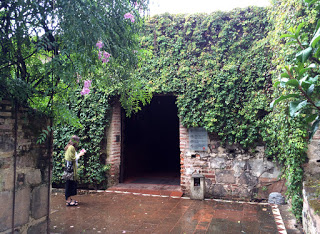 |
| Entrance to the Critical Mass TOP 50 exhibit venue |
 |
| Critical Mass TOP 50 Exhibition “Seeing Connection” |
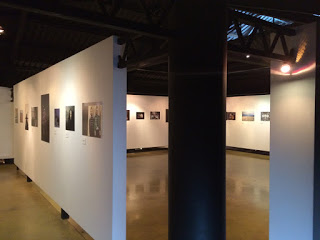 |
|
|
|
| Interior shot, “Seeing Connection” |
|
|
|
|
|
|
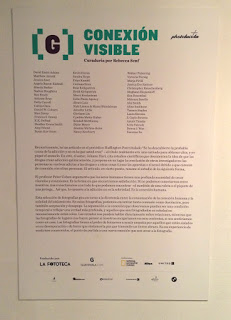 |
| Curatorial statement/participants |
|
|
|
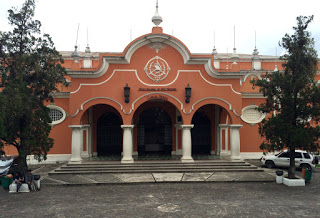 |
| Exterior exhibition venue Museum of Modern Art |
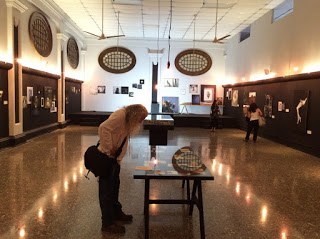 |
| Interior of MOMA, exhibition curated by Clara de Tezanos |
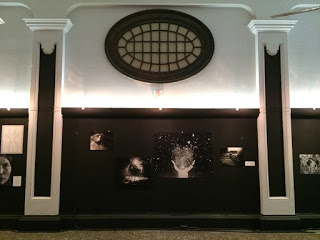 |
| Work by TOP 50 artist, Daniel Coburn |
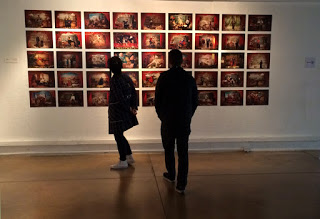 |
| Exhibit curated by Alasdair Foster |
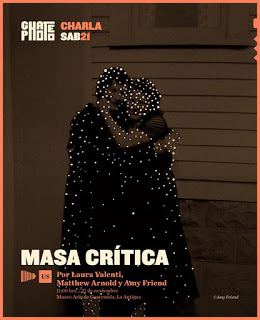 |
| Panel on Critical Mass |
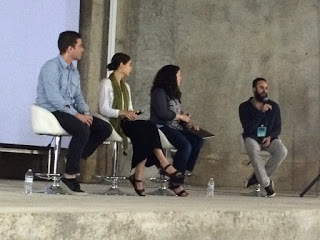 |
| Laura Valenti, Matthew Arnold, Amy Friend talk about Critical Mass |
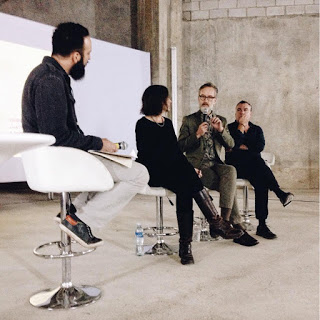 |
| Laura Moya, Alasdair Foster, Claudi Carreras – The Future of the Image panel |
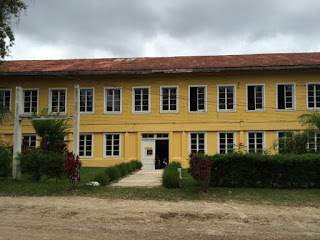 |
| Photo Book Fair – Historical building at a horse racetrack |
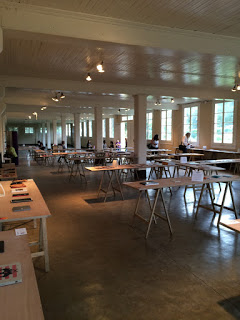 |
| Interior of the Photo Book Fair venue |
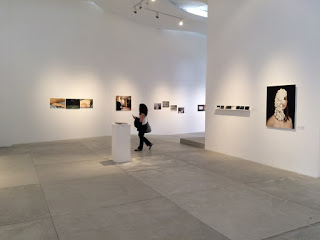 |
| La Fototeca Student Thesis Show |
|
|
|
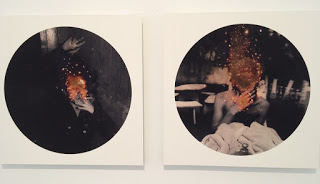 |
| Work by La Fototeca student Sergio Peneta |
|
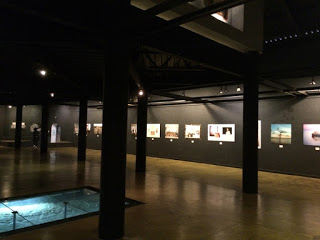 |
| Exhibition curated by Adriana Teresa/FotoVisura |
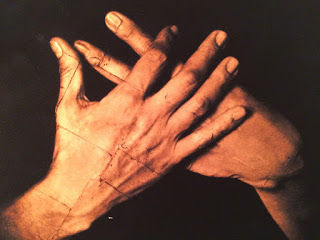 |
| Detail of work by Luis Gonzales Palma |
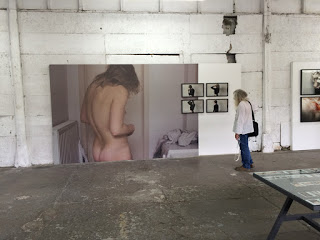 |
| Contemporary Guatemalan photography in warehouse venue |
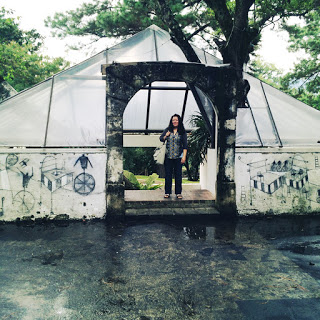 |
| Amy Friend at entrance to underground exhibition space |
Seeing Connection
I recently read an article on Huffington Post called “The Likely Cause of Addiction Has Been Discovered, and It Is Not What You Think”—the title was clearly clickbait, and it worked on me. In it, the author, Johann Hari, cites scientific studies that refute the idea that drugs chemically addict users, and proposes instead the conclusion of several researchers: people become addicted to drugs and other things (think gambling or sex) because they lack human connection. The article, at one point, summarizes the thesis this way, “Professor Peter Cohen argues that human beings have a deep need to bond and form connections. It’s how we get our satisfaction. If we can’t connect with each other, we will connect with anything we can find — the whir of a roulette wheel or the prick of a syringe…So the opposite of addiction is not sobriety. It is human connection.”
This selection of photographs revolves around the dichotomy between the fulfillment of human connection and the loneliness of alienation. In these pictures we can alternately find comfort and desolation, acceptance and dislocation. The isolation or connection we view may be a temporary condition, or reflect a deeper truth, and those who are pictured alone are not necessarily lonely. Portraits may speak directly of relationships, while pictures of places allow us to consider if this is an environment where one fits, where one can be at home. Photographs may compel us to empathize with those who are isolated in their despair or to feel our spirits soothed by a tender embrace. It is that experience of being moved from where we start to a new place of emotional experience that draws us to photography.
– Dr. Rebecca Senf – Norton Family Curator, Center for Creative Photography and Phoenix Art Museum























